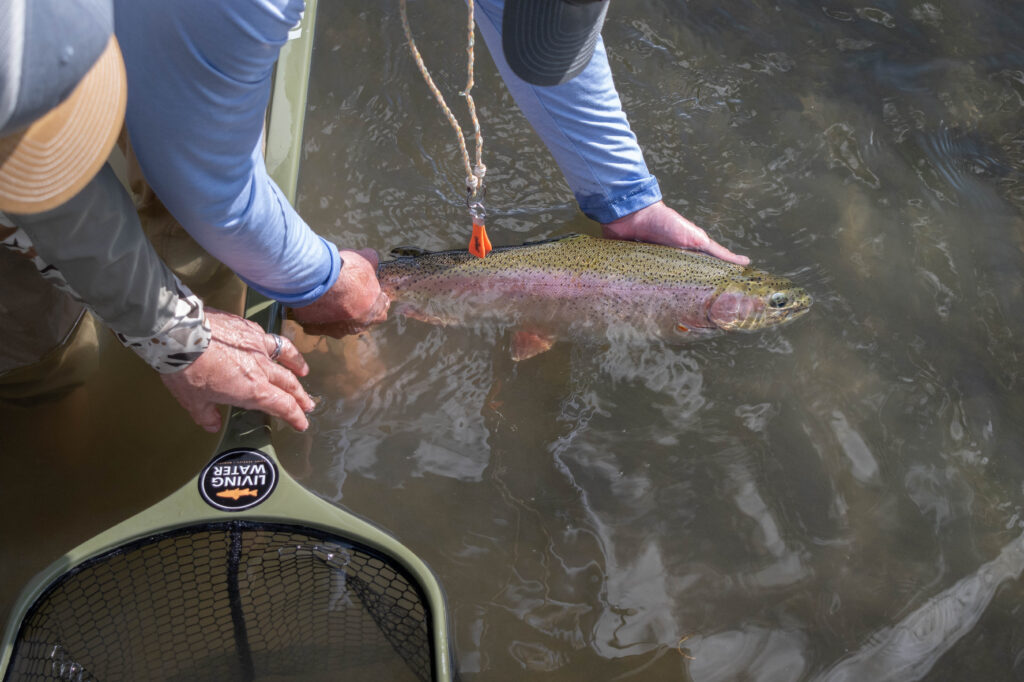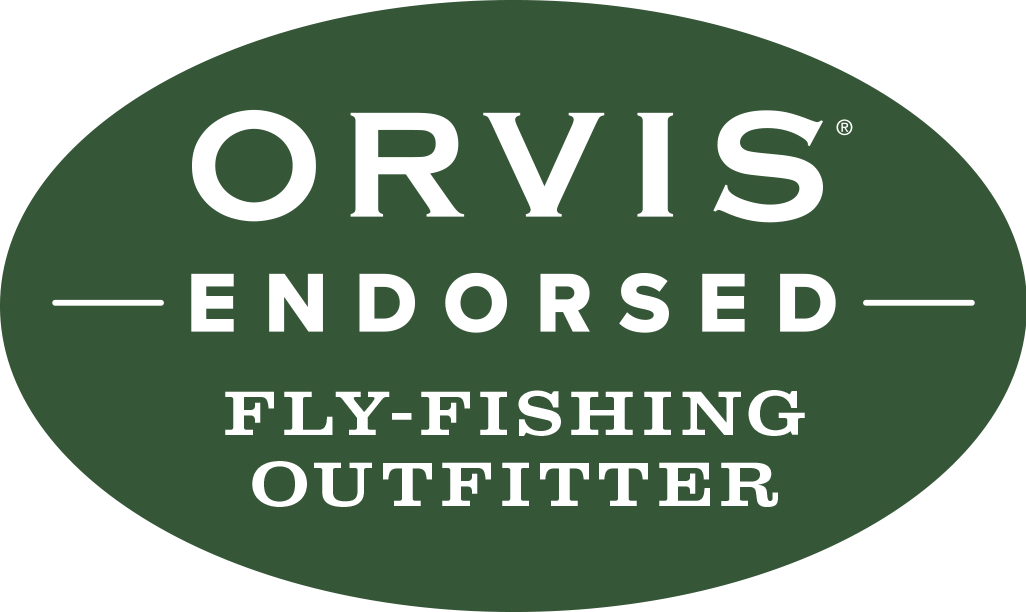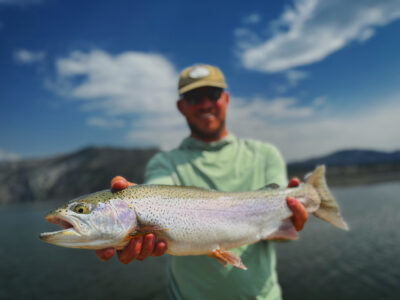The Missouri River is known among fly fishermen as one of the best dry fly rivers in the west. Among the many hatches that draw anglers to its banks, the Trico hatch on the Missouri River stands out as a particularly captivating event. From late July through September, the Missouri River transforms into a technical dry fly paradise.
Significance of the Trico Hatch
The trico mayfly hatch marks a crucial part of the ecosystem’s life cycle. These delicate insects play a vital role in the river’s food chain, serving as a source of nourishment for Rainbow and Brown trout. The hatch provides a significant feeding opportunity for the fish. The morning hatch followed by the spinner fall triggers intense activity. This offers fly anglers an excellent chance to capitalize on the heightened fish activity.

Timing and Conditions
The timing of the trico mayfly hatch is critical for anglers. Typically occurring during the warmer summer months, this hatch is influenced by various environmental factors. Water temperature, daylight hours, and river flows. As the water temperature rises and the days grow longer, the conditions become favorable for the emergence of trico mayflies. Early mornings are typically the best time to fish the Trico hatch. Arriving at the river before dawn allows anglers to observe the hatch and position themselves accordingly and wait for the spinner fall.
The Trico Mayfly Life Cycle On the Missouri
Understanding the life cycle of the trico mayfly is essential for successful fishing during the hatch. Trico mayflies undergo a complete change, consisting of four distinct stages: egg, nymph, dun, and spinner. The eggs are deposited on the water’s surface, where they sink and hatch into nymphs.
The trico nymph then dwell in the river’s substrate, feeding and growing for an extended period. When conditions are right, the tricos emerge to the water’s surface, shedding their exoskeletons and transforming into duns. The duns rest on the surface for a short time, allowing their wings to dry before taking flight. During this stage, they are vulnerable to predation, attracting the attention of hungry fish. After mating, the female duns return to the water’s surface to lay their eggs. They dance in the air, forming mating swarms that attract males. Once the eggs are deposited, the spinners fall onto the water, often in large numbers, creating a scene reminiscent of snowfall. The spinner fall event signals the peak of the hatch and triggers a feeding frenzy among the fish.

Techniques for Fishing the Trico Hatch
To fully experience the excitement of the trico mayfly hatch, anglers must employ specific techniques and tactics. Here are a few essential strategies for successful fishing during this remarkable event:
Matching the Hatch: Trico mayflies are small and delicate, typically ranging from size 20 to 24. Fooling these selective trout, anglers can use imitative patterns that accurately represent the size, shape, and coloration of the naturals.
Trico Spinner Fall: As the spinners fall onto the water’s surface, trout become increasingly focused on feeding on these dead flies. Anglers who like the challenge of dry fly fishing attempt to make a gentle with a drag-free drift. Trout that are feeding will often take other offerings as longs as it is in their lane and a good drift.
Fishing the Transition: During the emergence, trout tend to be more opportunistic, actively feeding on insects struggling to escape their nymphal shucks. Fishing with emerger patterns or a dry fly-nymph combo can be highly effective during this stage.
Presentation and Stealth: Trico mayflies demand precise presentations and delicate casts due to their small size and wary nature. Approaching the fish cautiously. Use longer leaders, and make accurate casts. Stealth is crucial to fooling trout during this hatch.

Don’t Miss Out
The Trico Hatch on the Missouri River is a phenomenon that showcases the beauty and vibrancy of this iconic river. Beyond its visual spectacle, this hatch creates a window of opportunity for fly fishermen to challenge their technical dry fly fishing skills as clouds of tiny mayflies lay spent on the water’s surface. It can be a magical experience, etching memories that will last a lifetime. To find out more about fishing the Trico Hatch on the Missouri River give us a call.


 What are Hoot Owl Restrictions?
What are Hoot Owl Restrictions?
Leave a Reply